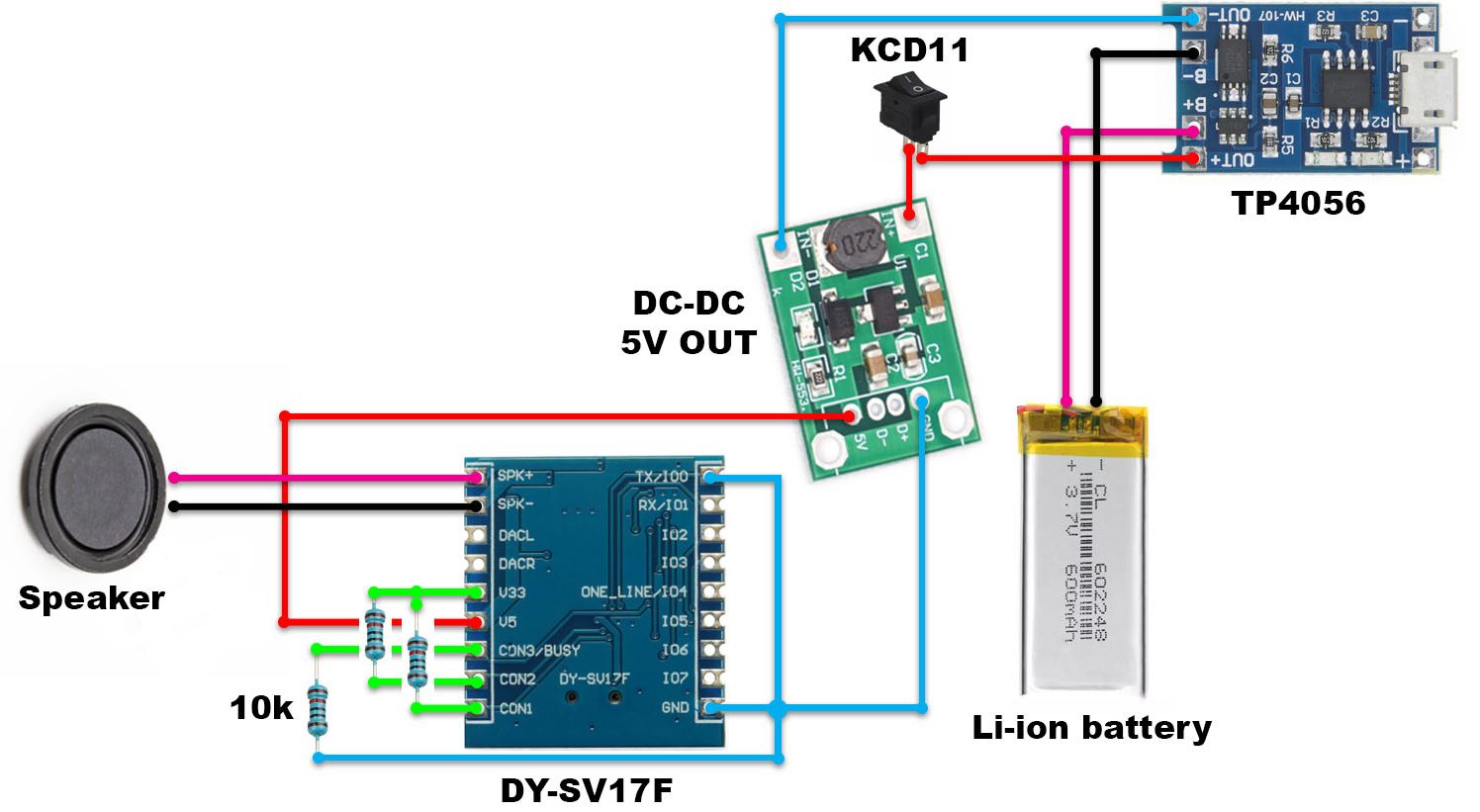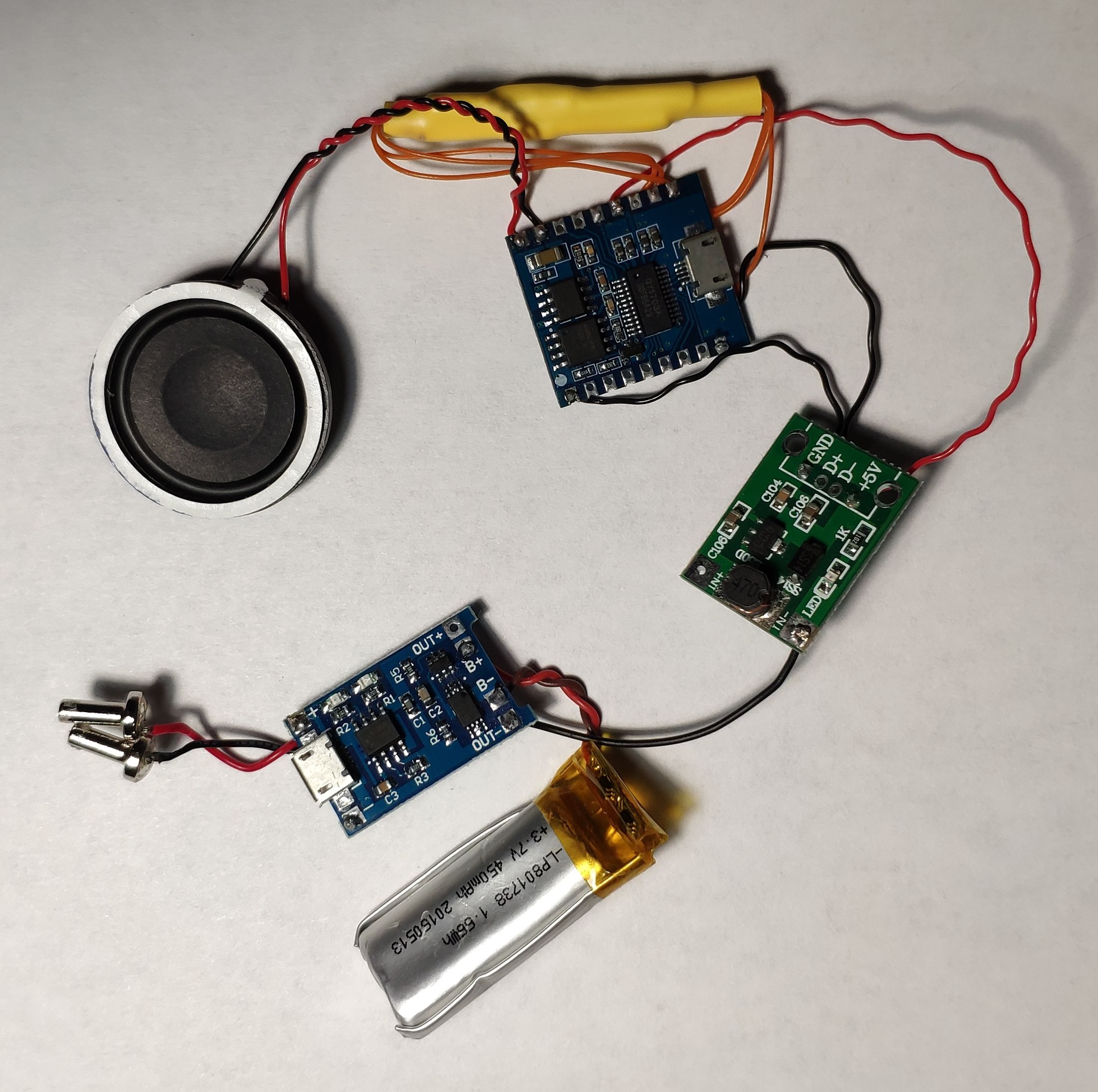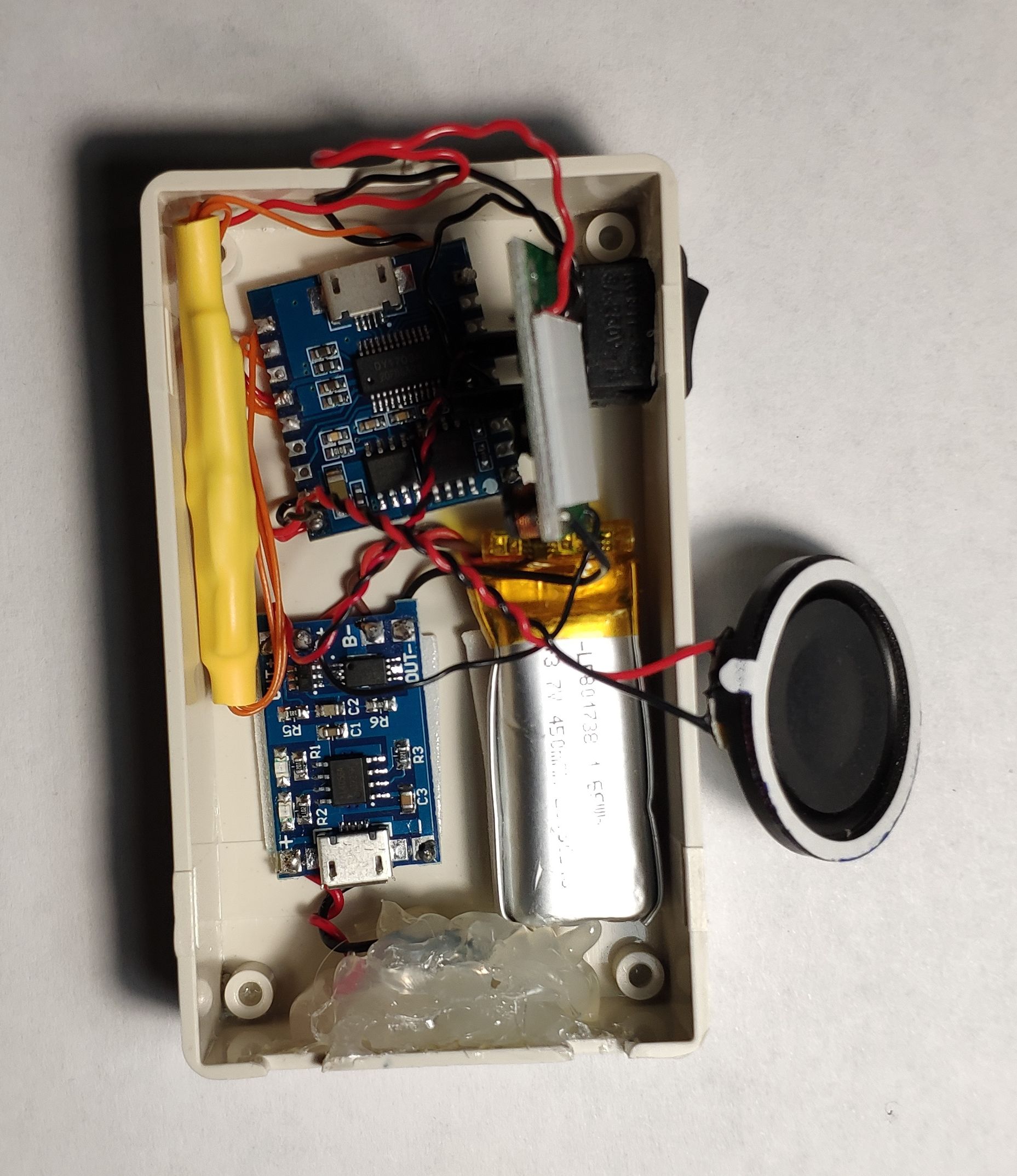Hello, Habr! Many in the New Year make various promises to themselves, one of the most frequent is to start taking care of their health. The easiest and most common way to improve your health is jogging, which is why the number of runners in parks increases significantly during the New Year holidays. Someone quickly scores on running, and someone lingers for a long time, begins to increase running volumes and improve the quality of running workouts in the hope of one day running their first 10 kilometers, a half marathon, or even a marathon. Such goals are difficult to achieve without the necessary preparation, which also includes the formulation of the correct running technique, which helps to reduce the risk of running injuries. One of the necessary parameters of correct technique is cadence - the number of steps in a certain period of time; when running, cadence is measured by the frequency of steps per minute.In addition to directly affecting speed, increasing cadence can reduce the harmful stress on joints. For a long time, the "gold standard" of running cadence, at the suggestion of the famous trainer Jack Daniels, author of the book "From 800 meters to the marathon", was considered to be 180 steps per minute (180 spm), but modern researchshow that the optimal cadence is individual, and you should not strive for any particular number. Greg McMillan, founder of McMillan Running, recommends running cadences between 170 and 190 spm. If your cadence is less than 170 spm, the easiest way to increase it is to use a metronome and tune in to its cadence until you become familiar with it.
There are several types of metronomes you can run with, but many of them have downsides:
Special applications for the phone. Several problems arise at once. Firstly, I have been running for years and I sincerely recommend leaving your phone at home. Running is a kind of meditative process, during which you must very sensitively monitor the state of your body, without being distracted by external stimuli, and the phone is just that. Stopping to take a photo of something interesting during a run, you thereby slow down the pace, your heart rate starts to drop, and in general, this does not contribute to proper training. Intrusive calls and messages are also distracting, but you can take your phone offline. There is still a risk of breaking the phone if you fall, especially when running in non-specialized shoes in winter. Also, the weight of the phone and its size cannot but strain: it is much more convenient to run light.If you still take your phone for a run for the sake of music, audiobooks, or podcasts, there is an audio focus problem, not all audio applications are able to play sound in parallel with other applications (metronome).
. "", 180 bpm.
. , , () - , .
, bluetooth-, mp3-, - , , - ( ), , .
, , Garmin Forerunner 945, , -, . .
. .
, , . mp3-, RUIZU D11, Polk Audio Boom Bit Polk Audio, bluetooth- (Mifa F20). , , , mp3- DY-SV17F. , mp3- 4 , 5- D, 4 3~5 . micro-USB .

USB-, "W6094 uart mp3 player USB Device". FAT, 4161536 (3,96 ), "00001.mp3". CON1, CON2, CON3. , datasheet, . CON1 CON2 10 , CON3 , , . "00001.mp3" IO0 (. ). 5 V , - 3,7 V 450 mAh . TP4056 .

Aliexpress 4- 3 30 , , , . " ", AWG30, , . TP4056 micro-USB, ( ). , , , .

FixPrice, . - , , Aliexpress, . .

180 spm, mp3-, , , ( 8 30 ). , , , "00001.mp3". 40-50 , 9 . , , 60 mAh , ( -5°). 85 X 50 X 21 , 55 , :
DY-SV17F - 1.35$
TP4056 - 0.28$
- 1.51$
Speaker ~ $ 1.22 ($ 12.18 for 10 pcs.)
Box - $ 1.29
I took the battery from stocks, ~ 2.5 $
Total just over $ 8 excluding consumables.
Finished device:
There are plans to work on compactness, as well as make a switch that allows you to use the metronome for jogging (low cadence) and high-speed work (high cadence). Thank you for your attention, I look forward to your comments.